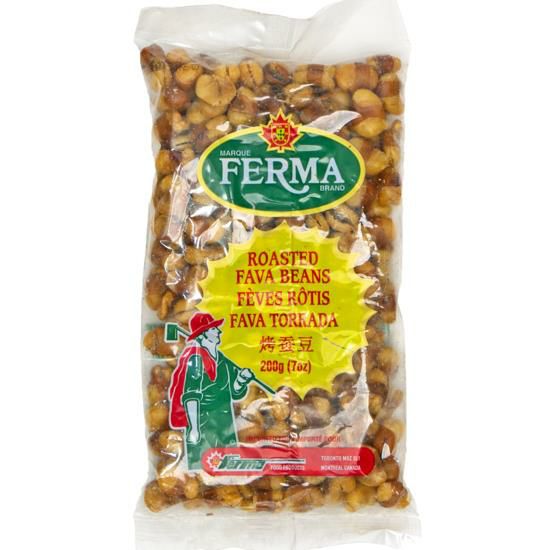Understanding Campden Tablets in Winemaking
Introduction
Have you ever wondered what keeps homemade wine fresh and tasty? The secret is often Campden tablets! These small but mighty tablets play a big role in making sure your wine turns out great. Let’s dive into what Campden tablets are and how to use them in winemaking.

What are Campden Tablets?
Campden tablets are small, white tablets used by winemakers. They're named after Chipping Campden, a town in England where they were first made. These tablets are a form of something called potassium metabisulfite. They act like a shield for your wine, fighting off bad bacteria and keeping the wine's color and taste as it should be.
Why Do We Use Them in Wine?
- Fighting Germs: They stop harmful bacteria and wild yeasts from growing in your wine.
- Keeping Wine Fresh: They act as an antioxidant, which means they help keep the wine from going bad due to air exposure.
How to Use Campden Tablets
Step 1: Crushing the Tablets
To use them, you’ll need one tablet for each gallon of wine. Crush the tablet into a powder before you use it.
Step 2: Mixing the Powder
Next, mix the crushed tablet with a little bit of water or wine. This helps it mix evenly into your wine.
Step 3: When to Add Them
- Before Fermentation: Add them to your grape juice (must) 24 hours before you add the yeast. This kills any wild yeast or bacteria.
- During Racking: Racking means moving the wine to a new container. Add the tablets each time you rack to keep your wine safe.
- Before Bottling: Add them one last time before you bottle your wine. This helps keep it fresh and tasty.
Important Tips
- How Much to Use: Follow the instructions on your Campden tablets. Usually, it’s one tablet per gallon.
- Allergies: Some people can be sensitive to sulfur, which is in these tablets. If you’re sharing your wine, let people know it has sulfur.
Conclusion
Campden tablets are a key part of home winemaking. They help make sure your wine stays delicious and safe to drink. Just remember the right amount to use and when to add them, and you’ll be on your way to making great wine!



Leave a comment